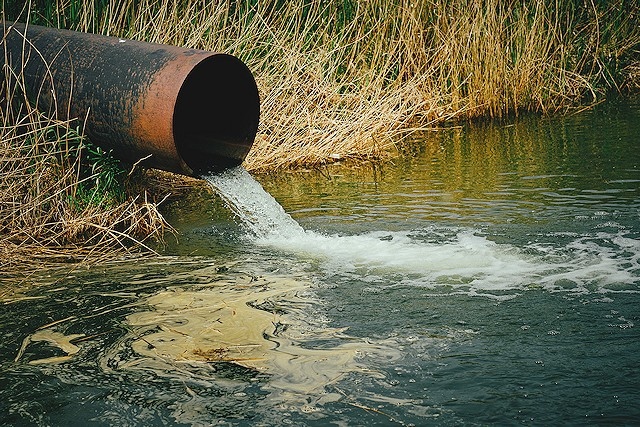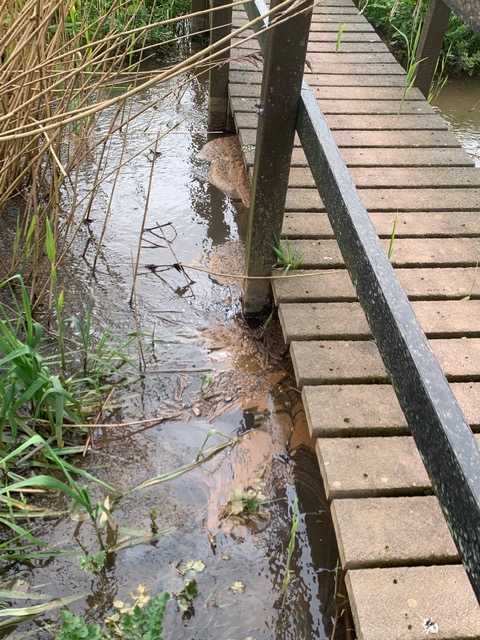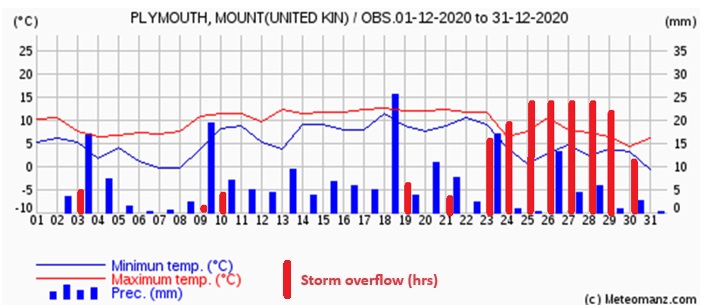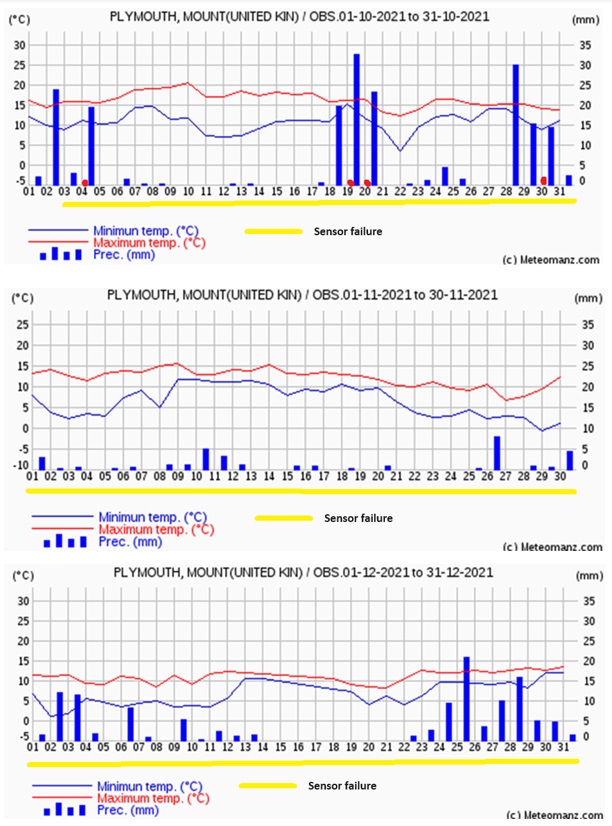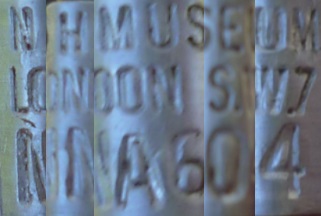South Milton Ley sites in a shallow valley running northwest from Bigbury Bay in South Devon. Consequently, it receives far fewer spring migrants than the headlands to either side. Yesterday was no exception. The first decent dry day for four weeks, it was chilly and overcast when I arrived and windier than I would have liked. Marsh Ride was accessible with caution, although extremely glutinous underfoot in places. Nevertheless, it was the perfect time of year to get the Hemlock Water Dropwort under control before the stems become too woody to cut easily. Thirty minutes with a slasher and both sides of the 48m ride were cleared. I can relax into maintenance mode now!
On the downside, someone had trashed the 12m Blaca Ride, cutting the guy ropes, hiding one of the mist net poles in the undergrowth and stealing most of the carabine hooks I use to quickly attach the net loops. Luckily, I had enough spares to reinstate things. I expect some damage in the autumn, when there is a budget camp site on a neighbouring farm, but spring vandalism is unusual. School holidays, I guess!
Bird wise things were quiet with just sixteen trapped only half of which were migrants: 2 Blackbird, 3 Blackcap, 3 Blue Tit, 1 Cetti’s Warbler, 5 Chiffchaff, 1 Dunnock and 1 Robin.
